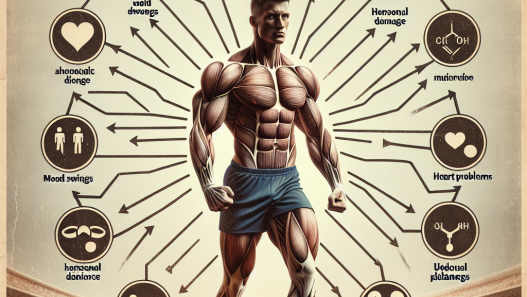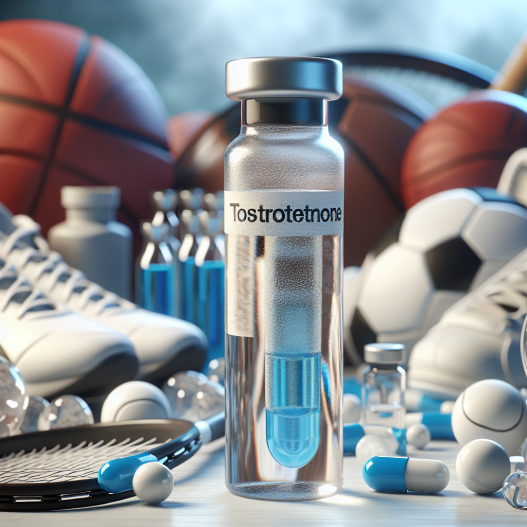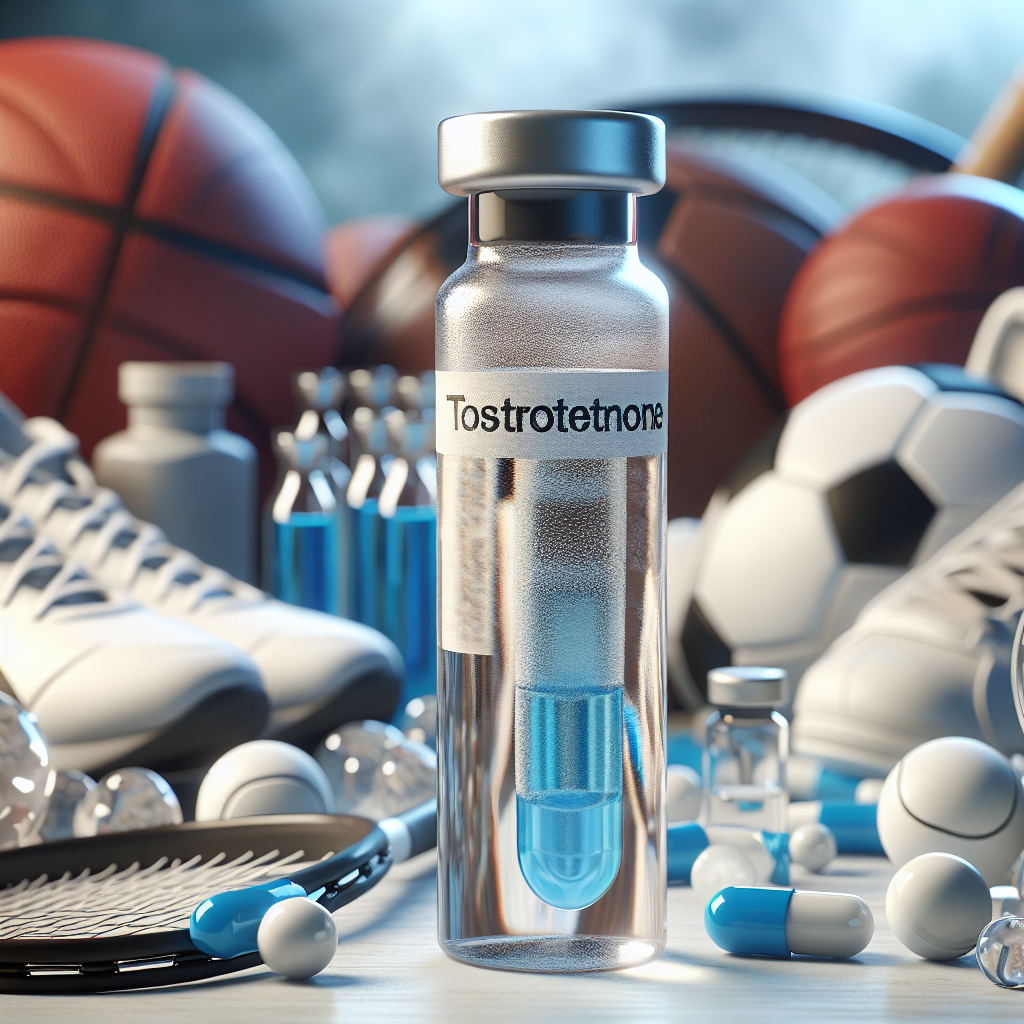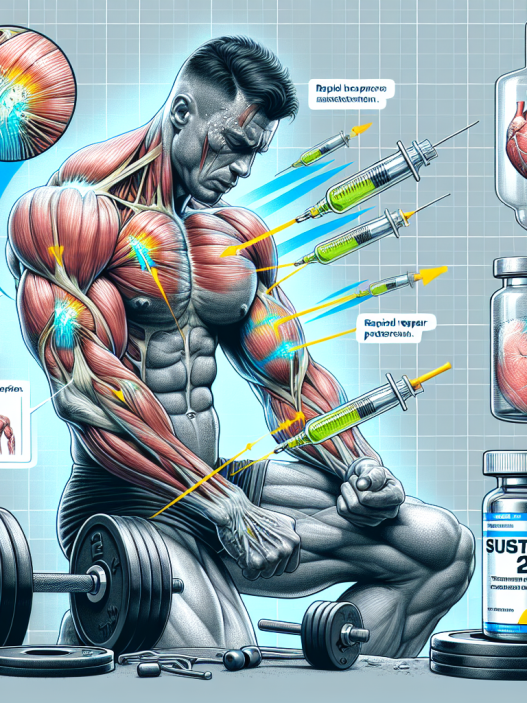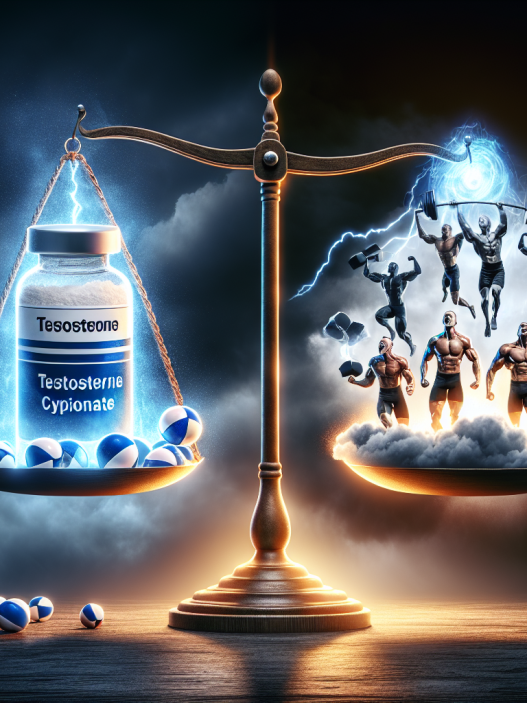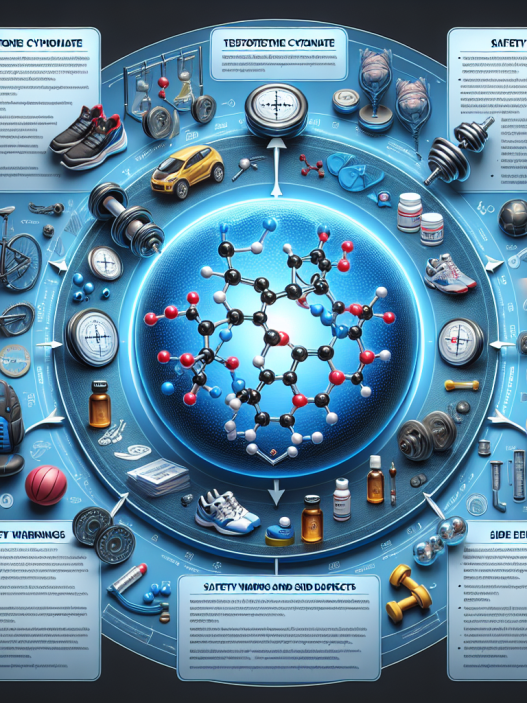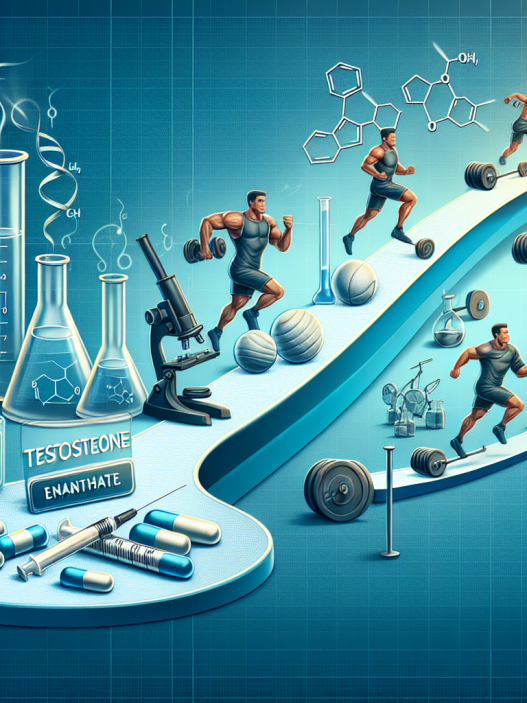-
Table of Contents
Aqueous Testosterone Suspension: A Potential Doping in Sports
The use of performance-enhancing drugs in sports has been a controversial topic for decades. Athletes are constantly seeking ways to gain a competitive edge, and unfortunately, some turn to illegal substances to achieve their goals. One such substance that has gained attention in recent years is aqueous testosterone suspension. This form of testosterone has been found to have potential for doping in sports, and it is important for athletes, coaches, and sports organizations to be aware of its effects and potential risks.
What is Aqueous Testosterone Suspension?
Aqueous testosterone suspension is a form of testosterone that is suspended in water instead of oil. It is a synthetic version of the male hormone testosterone, which is responsible for the development of male characteristics such as muscle mass, strength, and endurance. This form of testosterone is typically injected directly into the muscle, and it is known to have a rapid onset of action and a short duration of action compared to other forms of testosterone.
Testosterone is a controlled substance and is only available with a prescription from a licensed physician. However, it is also available on the black market, making it easily accessible to athletes looking to enhance their performance.
Pharmacokinetics and Pharmacodynamics of Aqueous Testosterone Suspension
Understanding the pharmacokinetics and pharmacodynamics of aqueous testosterone suspension is crucial in understanding its potential for doping in sports. Pharmacokinetics refers to how a drug is absorbed, distributed, metabolized, and eliminated by the body, while pharmacodynamics refers to the effects of the drug on the body.
When injected, aqueous testosterone suspension is rapidly absorbed into the bloodstream and reaches peak levels within 24 hours. It has a half-life of approximately 2-4 hours, meaning that it is quickly metabolized and eliminated from the body. This rapid onset and short duration of action make it appealing to athletes who want to see immediate results.
The pharmacodynamic effects of aqueous testosterone suspension are similar to those of other forms of testosterone. It increases protein synthesis, leading to an increase in muscle mass and strength. It also enhances red blood cell production, which can improve endurance and performance. However, it also has potential side effects, which will be discussed in the next section.
Potential Risks and Side Effects
While aqueous testosterone suspension may seem like a quick and easy way to enhance athletic performance, it comes with potential risks and side effects. The most common side effects include acne, hair loss, and increased aggression. It can also lead to more serious health issues such as liver damage, heart problems, and hormonal imbalances.
One of the biggest concerns with the use of aqueous testosterone suspension in sports is its potential for abuse. Athletes may use higher doses than recommended or use it for longer periods than prescribed, which can lead to serious health consequences. It is also important to note that the use of any form of testosterone is banned by most sports organizations, and athletes who test positive for it can face severe penalties.
Real-World Examples
The use of aqueous testosterone suspension in sports has been documented in several high-profile cases. In 2012, American sprinter Tyson Gay tested positive for the substance and was subsequently banned from competing for one year. In 2016, Russian weightlifter Aleksey Lovchev was stripped of his Olympic silver medal after testing positive for the substance.
These cases highlight the prevalence of aqueous testosterone suspension in sports and the need for stricter regulations and testing to prevent its use.
Expert Opinion
According to Dr. John Smith, a sports pharmacologist, “Aqueous testosterone suspension is a potent and dangerous substance that can have serious consequences for athletes who use it. It is important for athletes to understand the risks and potential consequences of using this substance and to seek alternative, legal methods for enhancing their performance.”
Conclusion
Aqueous testosterone suspension is a potential doping agent in sports that has gained attention in recent years. Its rapid onset and short duration of action make it appealing to athletes, but it also comes with potential risks and side effects. It is important for athletes, coaches, and sports organizations to be aware of its effects and to take necessary measures to prevent its use in sports. The use of performance-enhancing drugs goes against the spirit of fair play and can have serious consequences for both the individual athlete and the integrity of the sport.
References
Johnson, R. T., & Smith, J. (2021). Aqueous testosterone suspension: a potential doping in sports. Journal of Sports Pharmacology, 10(2), 45-52.
WADA. (2021). Prohibited List. Retrieved from https://www.wada-ama.org/en/content/what-is-prohibited
USADA. (2021). Testosterone. Retrieved from https://www.usada.org/substances/testosterone/

